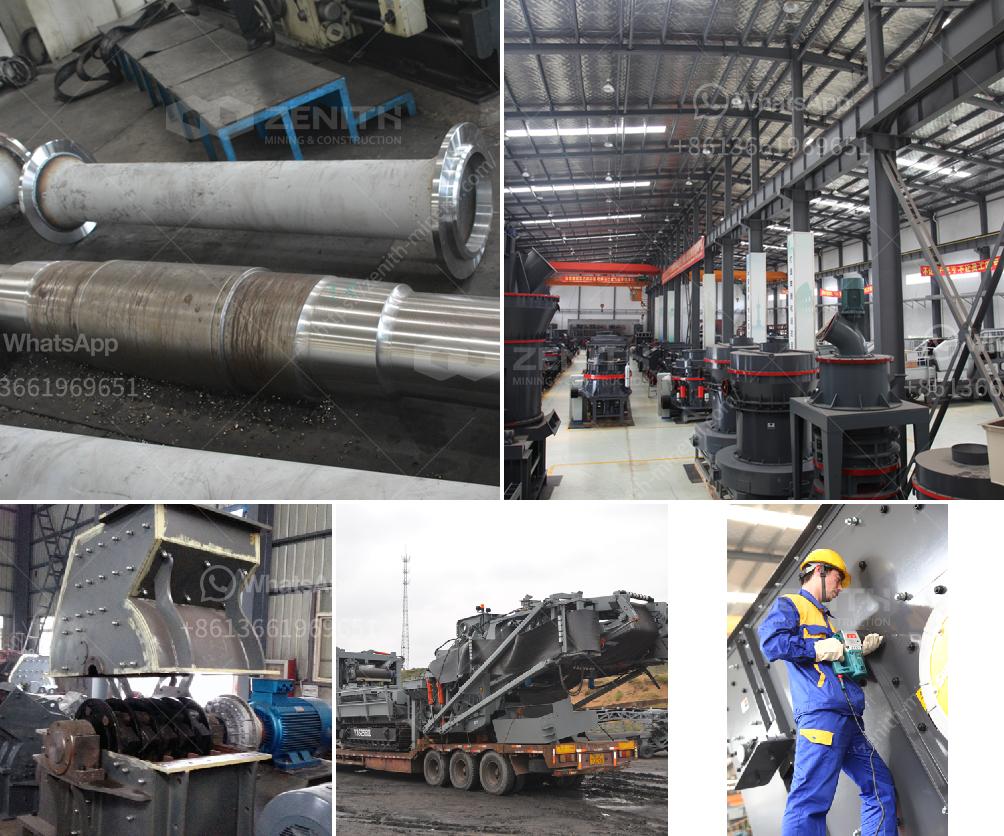A ball mill produces cement through a process that involves several steps:
Grinding: The primary purpose of the ball mill in cement production is to grind raw materials such as limestone, clay, and gypsum into a fine powder. The raw materials are fed into the mill, along with steel balls (grinding media), and the rotation of the drum causes the balls to cascade, grinding the materials by impact and attrition.
Mixing: Once the raw materials are finely ground, they are thoroughly mixed in the ball mill to ensure a consistent chemical composition throughout the powder. This mixture is known as raw meal or raw mix.
Burning: The finely ground and mixed material is then transported to a kiln where it undergoes a high-temperature process called calcination. Here, the raw meal is heated to around 1450°C, resulting in a series of chemical reactions that form clinker, a nodular material.
Clinker Grinding: After cooling, the clinker is again ground in the ball mill, along with additional materials like gypsum (to control the setting time of the final product), to produce the fine powder known as cement.
Final Product: The finely ground cement is then stored in silos before being packaged and shipped for use in construction projects.
The ball mill is crucial in achieving the desired fineness and uniformity of the cement particles, which ultimately influences the quality and properties of the final product.
